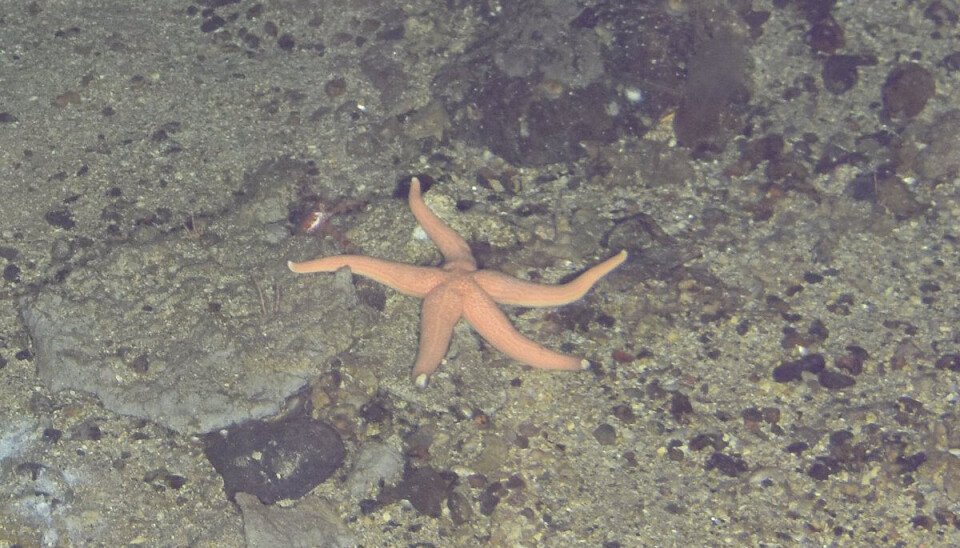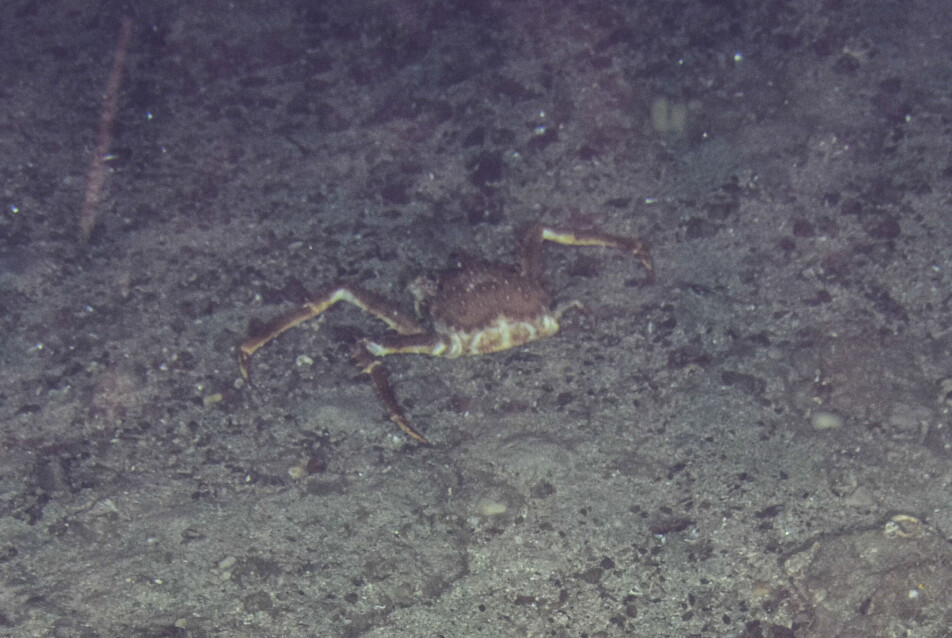THIS ARTICLE/PRESS RELEASE IS PAID FOR AND PRESENTED BY the Institute of Marine Research - read more

Data collection up and running again after over a year
Parts of the Lofoten–Vesterålen Ocean Observatory are operational and collecting new scientific data again after more than a year of downtime.
LoVeOcean is a national research infrastructure located outside Lofoten–Vesterålen, providing real-time physical, biological, and chemical observations from the ocean.
The installation provides marine scientists and others with images, sound and other information about the marine environment and ecosystem.
A number of platforms, or nodes, are deployed on the seabed, connected by a cable from land. The system consists of one inner circuit and one outer circuit.
However, the system has been down without power after the more than 4 km long cable in the outer circuit was pulled out in the spring of 2021. While the system was without power, all the nodes were brought back to shore.
Now the inner circuit has been reconnected, and fresh data is ticking in for project manager Geir Pedersen and his colleagues.
“We are happy that we are up and running again,” says Geir Pedersen, a scientist at the Institute of Marine Research (IMR).
In June, lead engineer Guosong Zhang was on a cruise with the research vessel Kronprins Haakon to install node 7, a part of the inner circuit. During the summer the ocean researchers have received sounds of whales, passing shoals of fish and plankton dancing.
“And on camera we have caught snails, anemones and passing crabs, to name a few,” Pedersen says.
In this year’s revised national budget, IMR was also allocated funds from the government to replace the cable that was lost and repair the outer circuit.

“We are now working on how to get the outer circuit of the infrastructure back up as soon as possible,” says the researcher.

This article/press release is paid for and presented by the Institute of Marine Research
This content is created by the Institute of Marine Research's communication staff, who use this platform to communicate science and share results from research with the public. The Institute of Marine Research is one of more than 80 owners of ScienceNorway.no. Read more here.
See more content from the Institute of Marine Research:
-
These whales have summer jobs as ocean fertilisers
-
Have researchers found the world’s first bamboo coral reef?
-
Herring suffered collective memory loss and forgot about their spawning ground
-
Researchers found 1,580 different bacteria in Bergen's sewage. They are all resistant to antibiotics
-
For the first time, marine researchers have remotely controlled an unmanned vessel from the control room in Bergen
-
New discovery: Cod can adjust to climate change – from one generation to the next




































